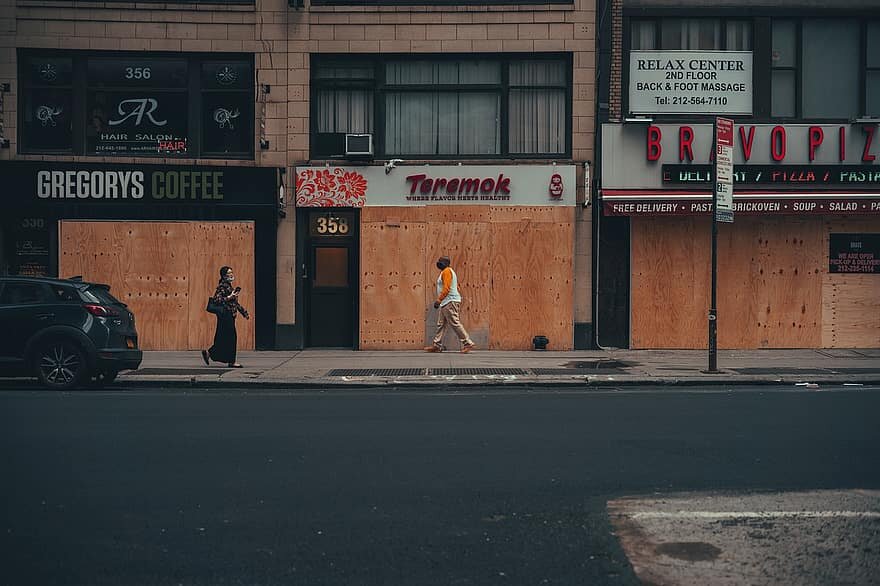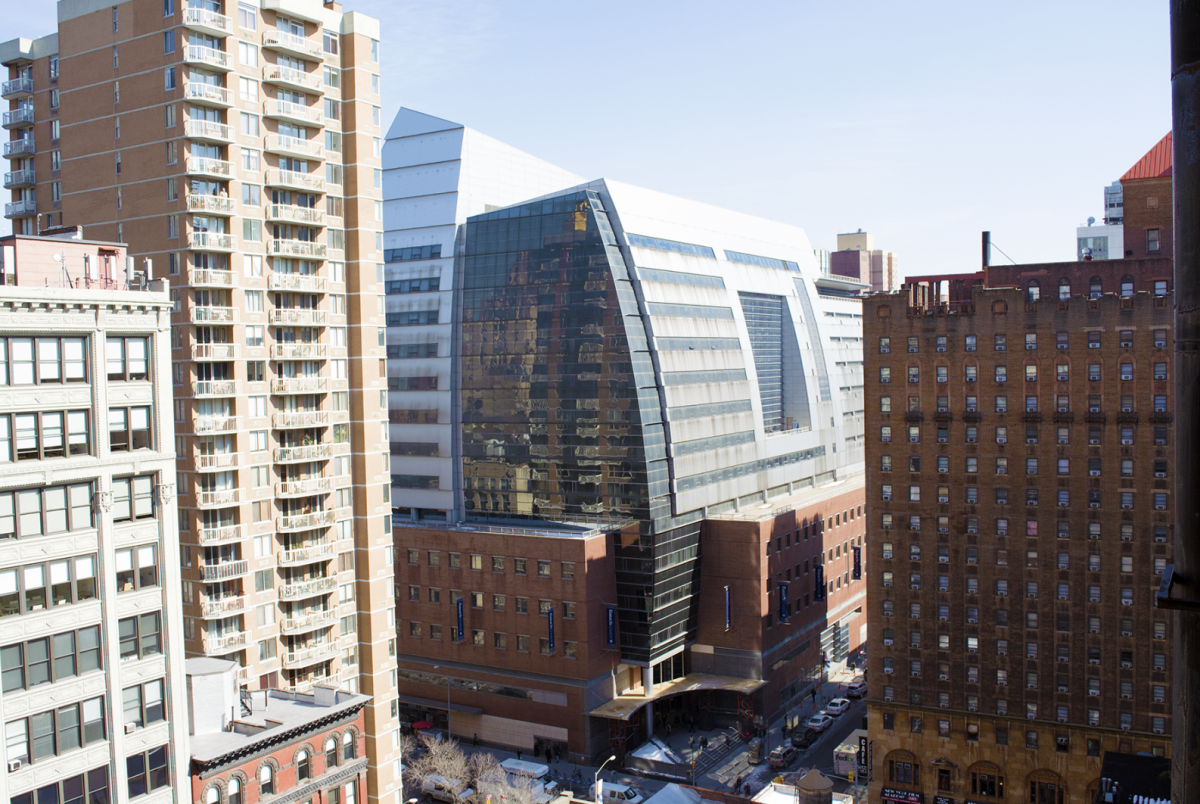The coronavirus has affected various aspects of life in the United States and employment-related issues are one of them.
In May, the unemployment numbers neared the rate of unemployment during the Great Depression, according to CNBC. More dreadful is the fact that some coronavirus job losses could be permanent.
Within the mayhem, May’s unemployment rate, which was reported to be at 13.3%, has brought heated controversy ever since it was announced. The U.S. Bureau of Labor Statistics, which collects unemployment rates through surveys, and many economists claim that the rate would have been about 16.3% for May if a “misclassification error” had not occurred, according to The Wall Street Journal.
The unemployment rate for May failed to show the reality that more people suffered job losses since some respondents who are not working due to the pandemic reported themselves as “employed but absent from work” rather than marking themselves as “temporarily unemployed,” according to the BLS’s May 2020 report.
The classification “employed but absent from work” includes people who are on vacation, ill, experiencing child care problems, on maternity or paternity leave, taking care of some other family or personal obligation, involved in a labor dispute, or prevented from working by bad weather, according to the BLS.
Many people classified as “employed but absent from work” during the pandemic should have been categorized as “unemployed.” In addition, the number for unemployment came out to be lower partly because many people who believed they would not qualify for unemployment benefits did not even try to apply.
Some states have been allowing businesses to reopen starting from mid-May, which affected the BLS data in May. This points to the fact that reopening of businesses will have a considerable effect on the unemployment rate.
“If the economic shutdown lingers for many months, or if serious pandemics become a recurring phenomenon, there will be profound, long-term consequences for the reallocation of jobs, workers, and capital across firms and locations,” Steven Davis, a leading expert on hiring practices in the University of Chicago Booth School of Business said.
Life after the pandemic will require a significant amount of time before the economy fully recovers.
“Even if the economy starts to re-open in mid-May, more than 20 million Americans will have lost their job with the economy likely having contracted around 13% peak-to-trough, more than three times deeper than the global financial crisis,” James Knightley, chief international economist at ING Financial Markets, said to Time.
Many jobs will come back after the COVID-19 pandemic, however, recovery is expected to be a gradual and hard process.







